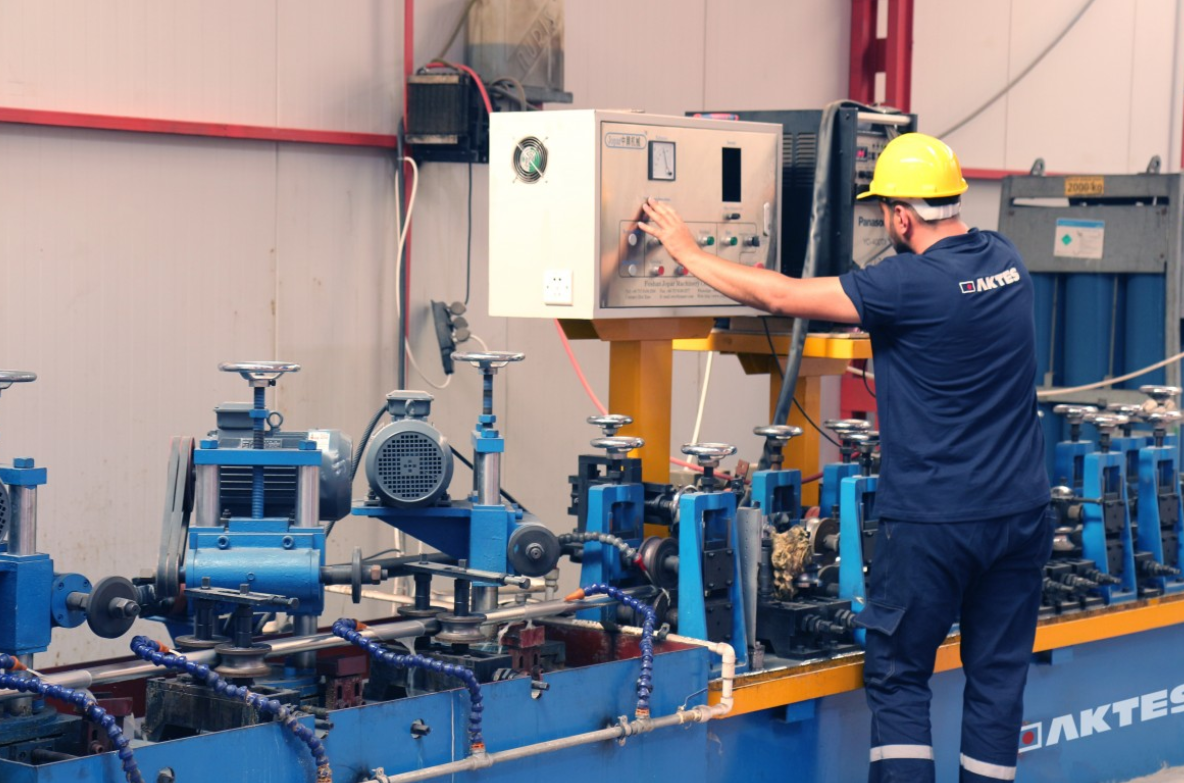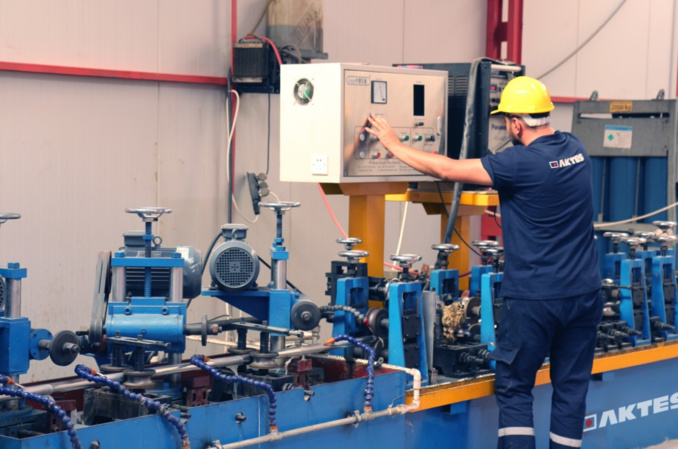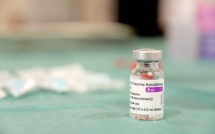The adjustment was due to a slight decrease in the output subindex (58.4 points versus 60.8) and the new orders subindex (64.9 versus 66 points), but the employment subindex rose from 49.9 to 52.9 points. Time-of-delivery and price constraints are beginning to ease a little, but both indicators remain at extremely high levels, with the former sub-index falling from 75.1 to 72.5 and the price sub-index falling from 92.1 to 85.7. This data supports analysts' expectations of faster growth in the second half of the year, although GDP did not rise as strongly as expected in April-June - by 6.5% year-on-year (i.e. if the economy had grown at the same rate for the whole year, not just in April-June).
The Eurozone industrial PMI was 62.8 points in July (June: 63.4) including 65.9 in Germany, 58 in France, 60.3 in Italy and 59 in Spain. Growth in output and new orders is slowing (output was the weakest since February) but employment is rising at a record pace (here the figure is the highest in 24 years of observation), the same is happening with inflation. "Manufacturers are not yet able to increase output at the rate that would meet demand and are faced with rising costs," IHS Markit pointed out. Recall that GDP in the euro area in the second quarter of this year grew by 2% quarter-on-quarter, or 13% in annual terms, with growth largely due to increased activity in the service sector (including tourism) on the background of the removal of restrictions of the second wave.
In China the index was at its weakest in 15 months, falling from 51.3 to 50.3 points. Both the new orders sub-index and the export orders sub-index were low, but in contrast, inflationary pressures eased here. Such values of the leading indicator may indicate slower growth in the second half of the year, Capital Economics noted. At the end of the second quarter, China's GDP slowed from a record 18.3% to 7.9% on an annual basis, although on a quarter-on-quarter basis GDP growth accelerated from 0.4% to 1.3%. The official Chinese GDP growth target for this year has been set by the authorities at "above 6%" and is likely to be exceeded.
source: capitaleconomics.com
The Eurozone industrial PMI was 62.8 points in July (June: 63.4) including 65.9 in Germany, 58 in France, 60.3 in Italy and 59 in Spain. Growth in output and new orders is slowing (output was the weakest since February) but employment is rising at a record pace (here the figure is the highest in 24 years of observation), the same is happening with inflation. "Manufacturers are not yet able to increase output at the rate that would meet demand and are faced with rising costs," IHS Markit pointed out. Recall that GDP in the euro area in the second quarter of this year grew by 2% quarter-on-quarter, or 13% in annual terms, with growth largely due to increased activity in the service sector (including tourism) on the background of the removal of restrictions of the second wave.
In China the index was at its weakest in 15 months, falling from 51.3 to 50.3 points. Both the new orders sub-index and the export orders sub-index were low, but in contrast, inflationary pressures eased here. Such values of the leading indicator may indicate slower growth in the second half of the year, Capital Economics noted. At the end of the second quarter, China's GDP slowed from a record 18.3% to 7.9% on an annual basis, although on a quarter-on-quarter basis GDP growth accelerated from 0.4% to 1.3%. The official Chinese GDP growth target for this year has been set by the authorities at "above 6%" and is likely to be exceeded.
source: capitaleconomics.com



















